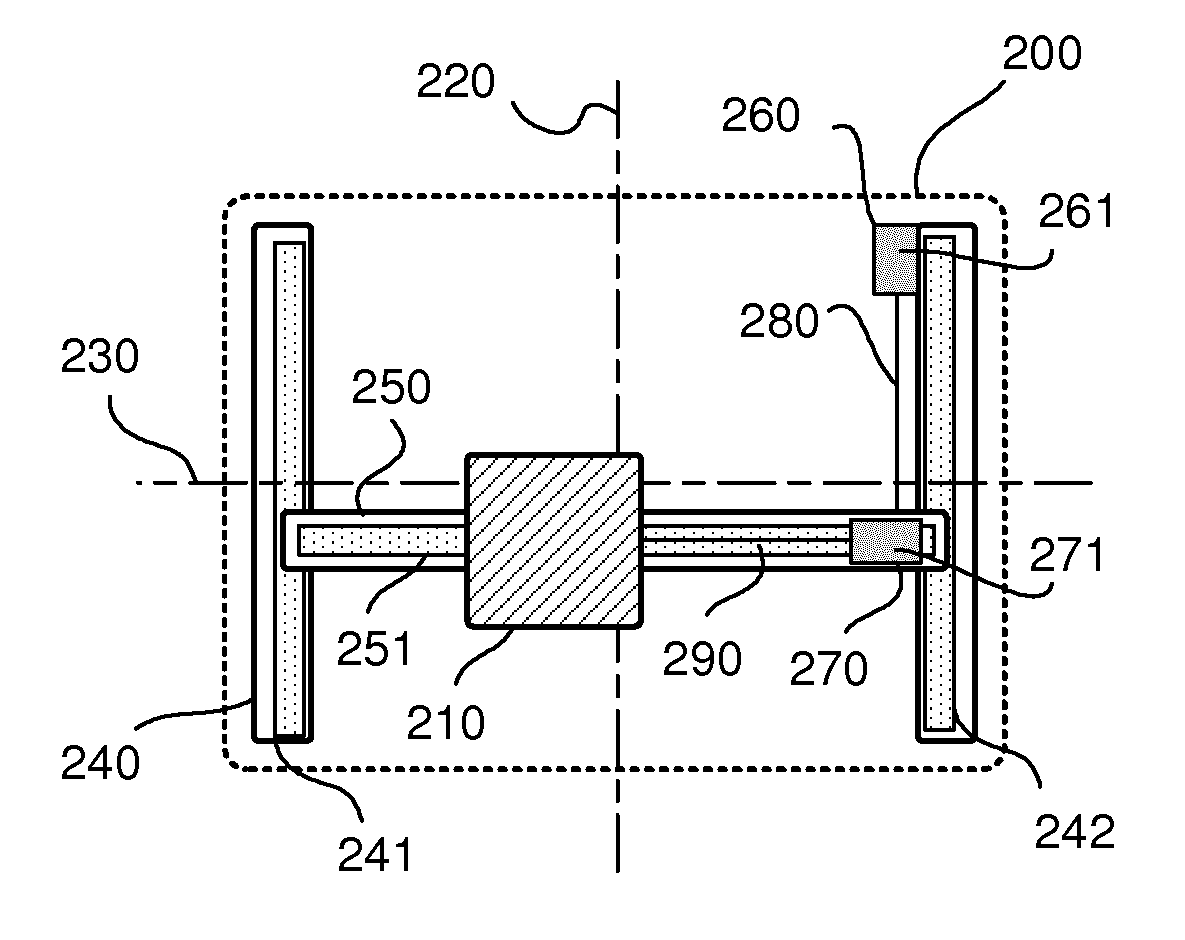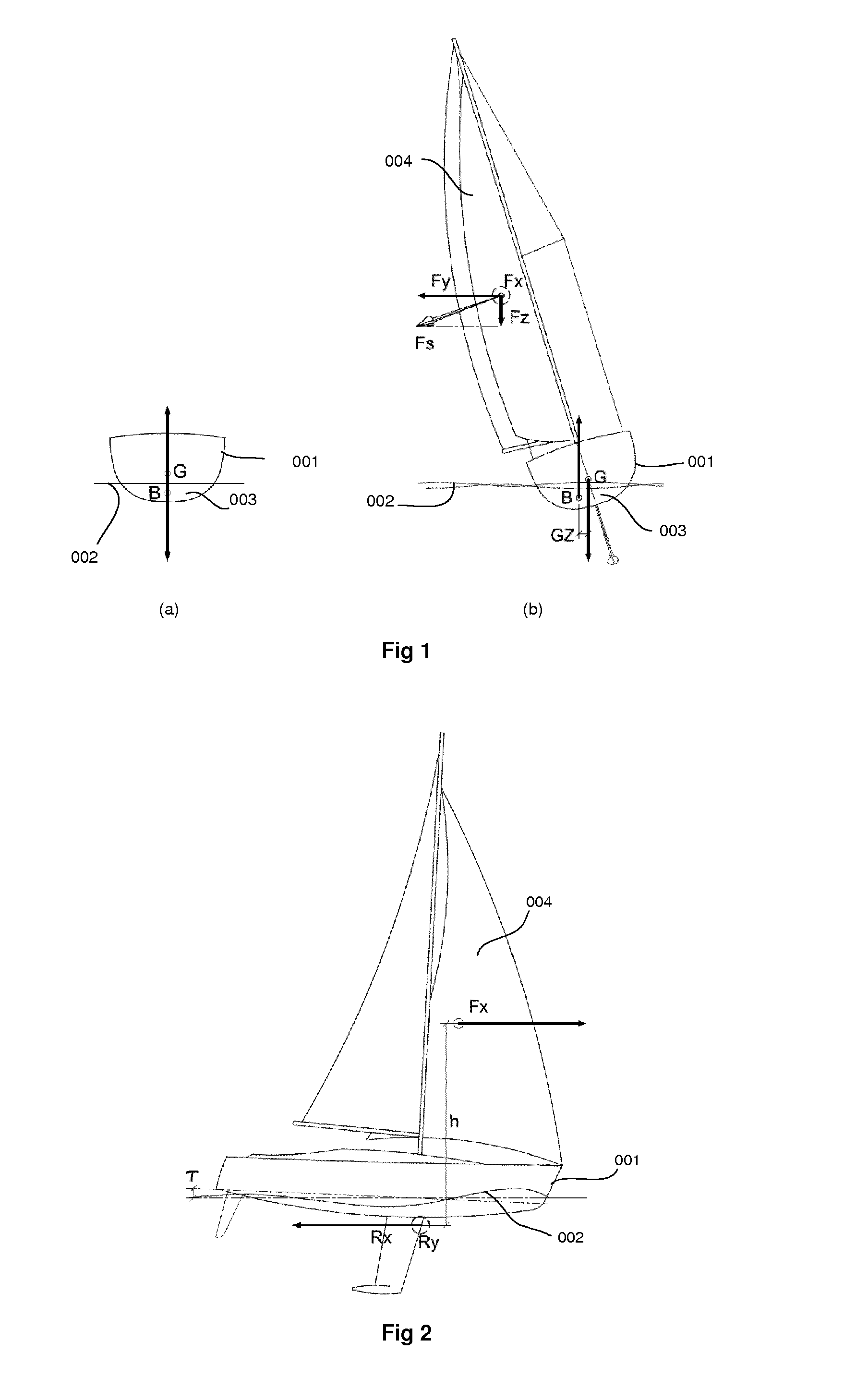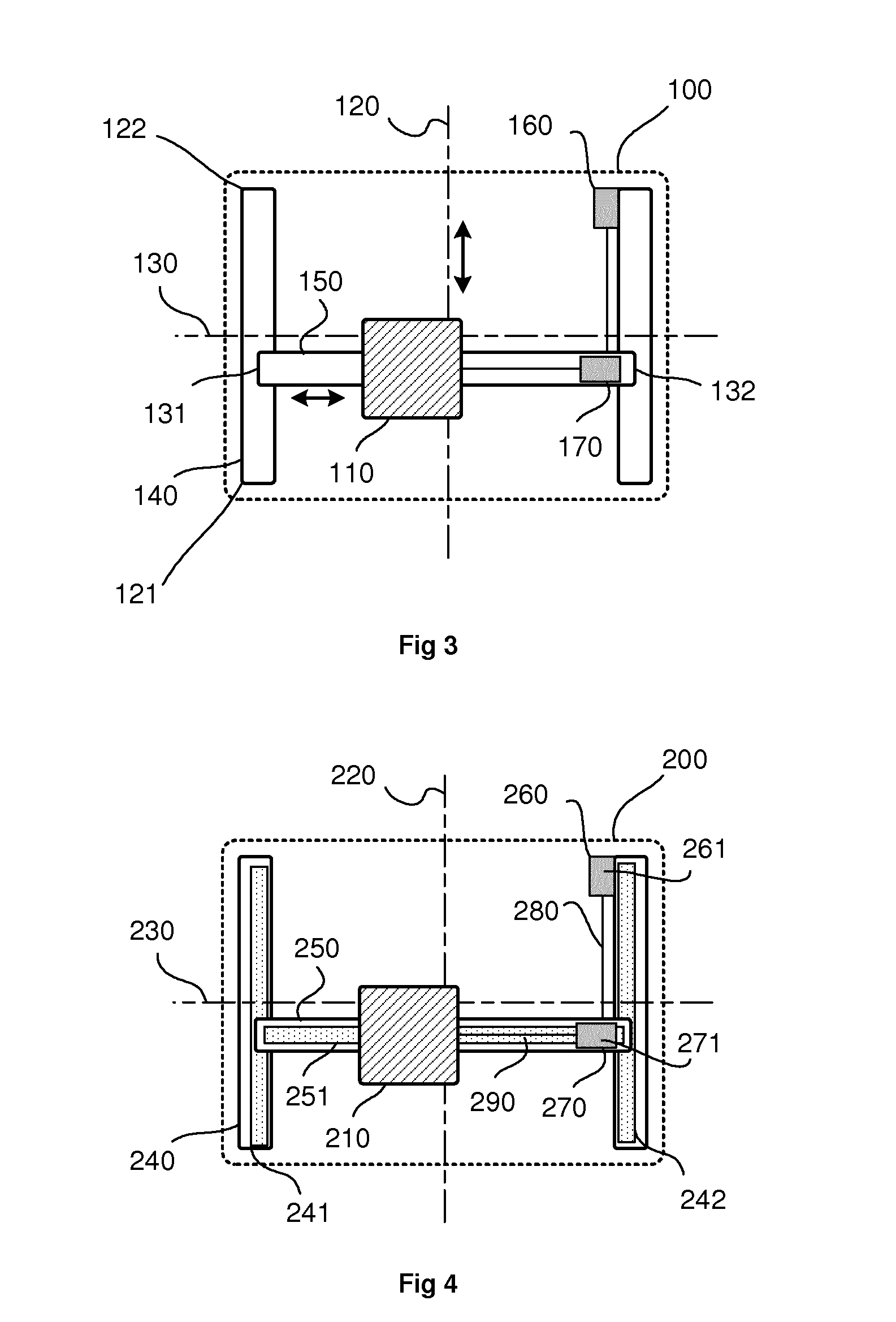Mobile ballast device
a ballast device and mobile technology, applied in the direction of vessel safety, vessel movement reduction by mass displacement, floating buildings, etc., can solve the problems of increasing the weight of the canting keel, recurring damage sources, and not being well suited to boating in the port, so as to reduce the drag of the water, reduce the water drag, and improve the safety of the boa
- Summary
- Abstract
- Description
- Claims
- Application Information
AI Technical Summary
Benefits of technology
Problems solved by technology
Method used
Image
Examples
Embodiment Construction
[0063]Throughout the following description, like numerals will denote like concepts and elements in different embodiments, so that for example the numerals 100, 200, 300, 400, 500, 600 each describe a different embodiment of the device according to the present invention.
[0064]As shown in FIG. 3, the device 100 according to the present invention provides a ballast element 110, which is movable along two axes 120, 130 independently. A first axis 120 is defined by first ballast moving means 140, on which the ballast can take any position between a start 121 and end position 122. A second axis 130 is defined by second ballast moving means 150, on which the ballast element 110 can take any position between a start 131 and an end position 132. Preferably, the second moving means 150 are supported by the first moving means 140. The moving means 140, 150 are driven by first 160 and second operating means 170.
[0065]As shown in FIG. 4 and FIG. 5, the operating means 260, 270 may for example b...
PUM
 Login to View More
Login to View More Abstract
Description
Claims
Application Information
 Login to View More
Login to View More - R&D
- Intellectual Property
- Life Sciences
- Materials
- Tech Scout
- Unparalleled Data Quality
- Higher Quality Content
- 60% Fewer Hallucinations
Browse by: Latest US Patents, China's latest patents, Technical Efficacy Thesaurus, Application Domain, Technology Topic, Popular Technical Reports.
© 2025 PatSnap. All rights reserved.Legal|Privacy policy|Modern Slavery Act Transparency Statement|Sitemap|About US| Contact US: help@patsnap.com



